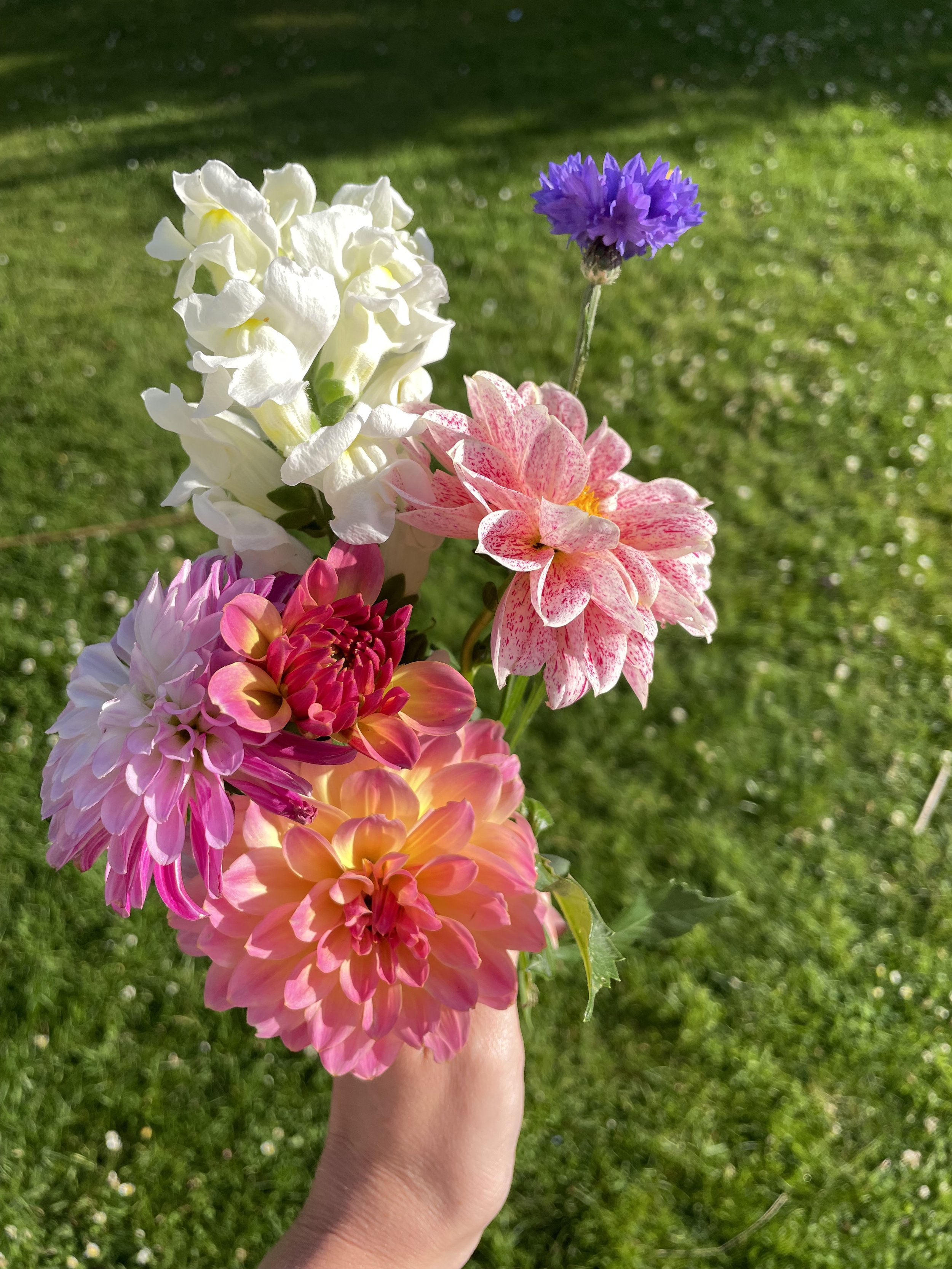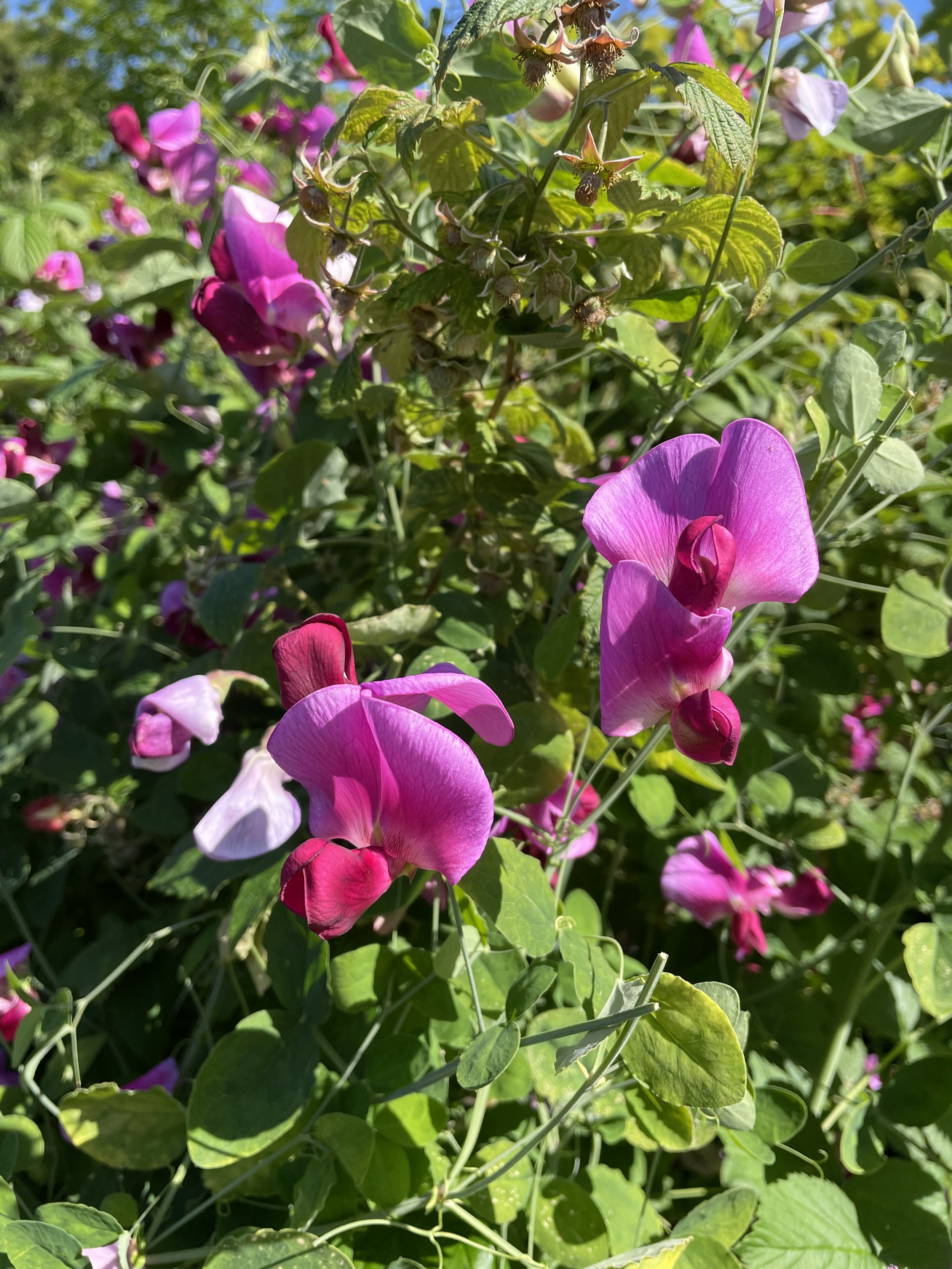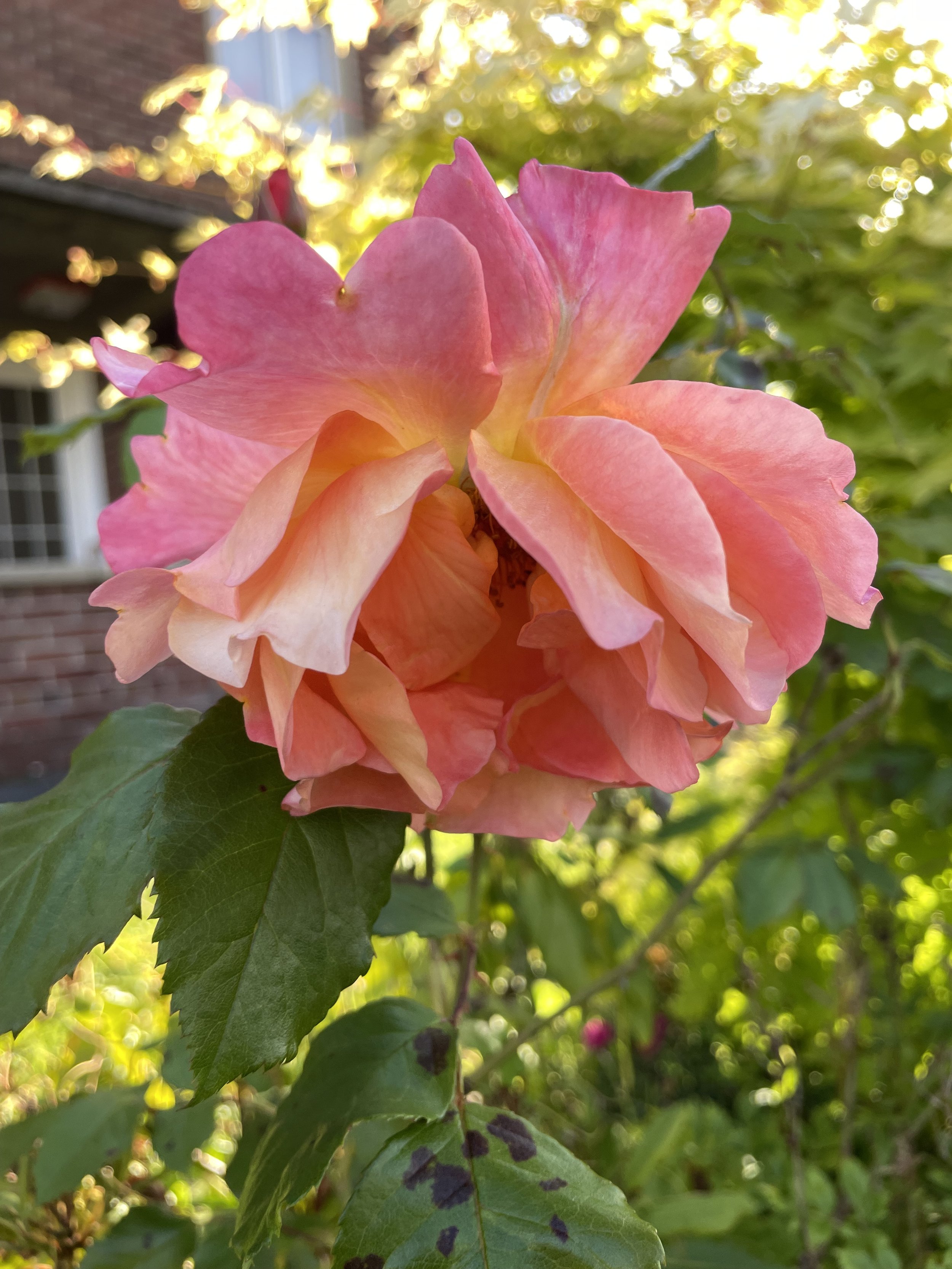How Does Your Garden Grow?
I cannot think of a time where I wasn’t somewhat interested in gardening and plants. I remember being quite small and being fascinated by a local lady’s garden that my dad was working on. I’m sure it wasn’t that big, but it felt like something out of a storybook. I remember designing herb gardens, nurturing my blueberry plants, successfully growing my first foxglove plant, and successfully growing half-dead sale plants from Lowes.
When we moved to Scotland, I couldn’t bring my plants with me, but that didn’t stop us. We experimented, badly, with an indoor ivy and some lavender in our first flat before successfully growing succulents. In our second flat, I planted gladiolus outside and cheered when they grew into bright, lovely plants.
And now, we have a sizeable garden and I’m attempting to bring it under control and rewild it. We’ve visited a lot of gardens here in the UK and I simply adore the cottage garden style. It’s a lot more intricate than it looks, as I’m realising, and in my second year of serious gardening, it’s a lot of work!
So, this is new, ongoing series, called “How Does Your Garden Grow” is really dedicated to the resources I’ve found helpful and silly little things I’ve learnt!
Know Your Zone
The differences between South Carolinian gardens and UK gardens are more than just visual, although that plays into it. But the zones are probably the biggest difference because what grows well here, probably won’t grow well there.
Knowing my zone allowed me to find the best plants for my zone, so I could grow things successfully and without too much heart-ache.
Grow Native Plants
I can’t say I follow this perfectly. There are plants I love (cough dahlias cough) that aren’t native to the UK, but growing plants that are native to your zone makes things a lot easier. Maybe, just don’t grow invasive plants.
The best resources for your garden will always be local places. Sure, Lowes is great, but you might just find a better resource in a local garden centre down the road.
Plant to Enhance Local Nature
Plant for bees. I started my tulips and daffodils indoors and moved some out when they were flowing to help early season bees. Don’t cut your grass super short so grass daisies can grow, or better yet, keep a wild area for native wildflowers to flourish.
I’m in the process of digging a pond mostly because it will benefit local wildlife, if done correctly. Of course, I love looking at water features anyhow, so it’s both visually attractive and beneficial!
Ask for Advice - Befriend a Gardener
This has so many benefits. A friend of ours has an absolutely incredible, established garden and she has given me roses, grasses, Rudbeckia, sunflowers, pond plants, and more. But beyond the lovely things she’s shared, she’s also given invaluable advice. Knowing a local gardener who can offer support and advice is really beneficial as you’re starting out.
Finding local gardeners on social media is also incredibly helpful. I’m in several Facebook groups that are particular to location and favourite plants and not only are they just fun to be in (think kind, helpful people) but they answer questions and provide inspiration that might be difficult to get elsewhere.
Just Get Started
Growing plants is totally experimental and so much FUN! Just experiment, grow fun plants, grow from seed, and see what really works for you and your garden. So much of this is a trial and error, and it’s the best way to learn!
Up next: favourite gardening tools.




